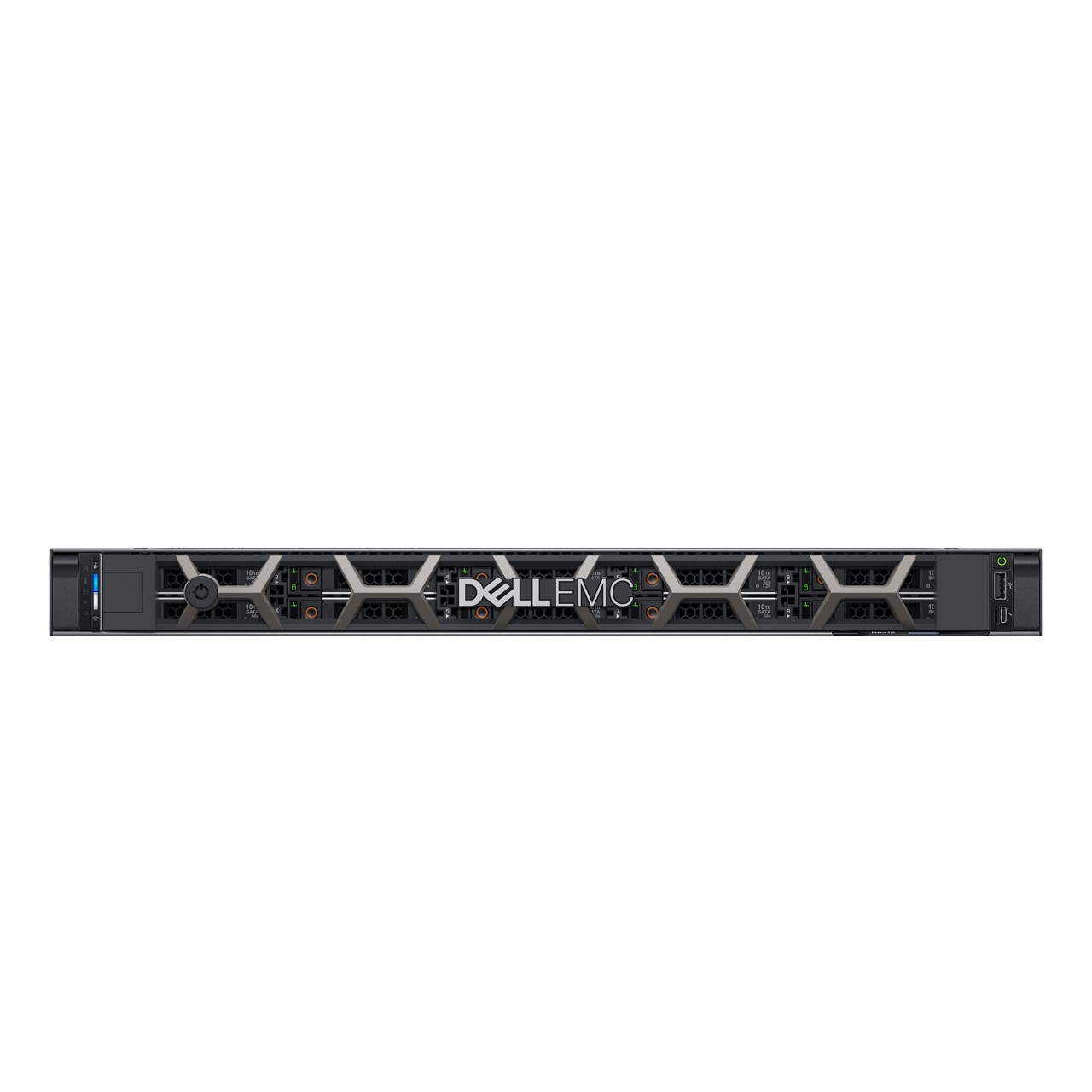Dell EMC is continuing its flurry of activity in the new year with more products and updates.
The company has expanded its 14th generation PowerEdge portfolio with three new servers – the PowerEdge R6415, PowerEdge R7415, and PowerEdge R7425 – designed for software-defined environments, edge devices, and high-performance computing.
All three rack servers are made to handle the demanding workloads of modern data centres and come with the AMD EPYC processor to offer highly scalable and flexible platforms with security protections. In fact, the three are designed to scale-up as customers’ workloads increase.

“We’re expanding our server capabilities, especially for high performance computing environments and software-defined workloads, which are becoming very prevalent in the market,” Michael Sharun, president of enterprise Canada at Dell EMC, tells CDN. “It’s also for edge-environments as well, which as we continue to expand and our industry continues to change, is becoming more critical to the overall compute environment. When you think of Internet of Things or anything to do with AI or machine learning, edge is there for all of that. These three servers are really designed to go after that type of workload.”
With the server market “growing like crazy” according to Sharun, the new PowerEdge products are solidifying Dell EMC’s position as the worldwide leader in both units and revenue share, of which the latter grew by 37.9 per cent over the last year.
The PowerEdge R6415, R7415, and R7425 will continue to provide scalable business architecture and intelligent automation with iDRAC9 and Quick Sync management support, a Feb. 6 press release says, along with integrated security.

However, Sharun adds that these 14th generation servers offer more capabilities than any previous models, and “tale it up a notch” in terms of the ability to scale up and handle different types of workloads.
They have up to 4TB memory capacity for database management systems, and optimized for the following environments:
- Edge computing deployments – The highly configurable, 1U single-socket Dell EMC PowerEdge R6415, with up to 32 cores, offers ultra-dense and scale-out computing capabilities. Storage flexibility is enabled with up to 10 PCIe NVMe drives.
- Software-defined Storage deployments – The 2U single-socket Dell EMC PowerEdge R7415 is the first AMD EPYC TM -based server platform certified as a VMware vSAN Ready Node and offers up to 20 per cent better total cost of ownership per four-node cluster for vSAN deployments at the edge. With 128 PCIe lanes, it offers accelerated east/west bandwidth for cloud computing and virtualization. Additionally, with up to 2TB memory capacity and up to 24 NVMe drives, customers can improve storage efficiency and scale quickly at a fraction of the cost of traditional-built storage.
- High performance computing – The dual-socket Dell EMC PowerEdge R7425 delivers up to 24% improved performance versus the HPE DL385 for containers, hypervisors, virtual machines and cloud computing and up to 25 per cent absolute performance improvement for HPC workloads like computational fluid dynamics. With up to 64 cores, it offers high bandwidth with dense GPU/FPGA capability. On standard benchmarks, the server with superior memory bandwidth and core density provided excellent results across a wide range of HPC workloads.
The servers are available to channel partners globally now.
While officially released today, some channel partners have had a chance to review the three products early and reactions are positive.

“A lot of our partners are talking about the vast amount of data paths that they have into these servers, and the amount of processing that they can get done with that. We’ve also got other customers talking to us about how excited they are about the security capabilities and encryption and everything that’s on there,” Sharun recalls.
He concludes by saying how much Dell EMC relies on its partners to get its products out to customers and grow as a whole.
“This is a great type of solution for a partner, and that’s where it’s really key in terms of moving forward, because when you look at the changing landscape around the partners that are out there, they’re becoming more and more integrated, and they’re the ones that are taking these applications,” Sharun says. “They’re defining the workloads. They’re defining the architecture that those workloads run on. They’re helping our customers deploy this at scale, not just in central head offices, but also remotely and out into field workloads. They’re the guys that need to do that, because the partners have a much broader reach and they’re much deeper in the marketplace than we are as a company, and we really depend on them.”
